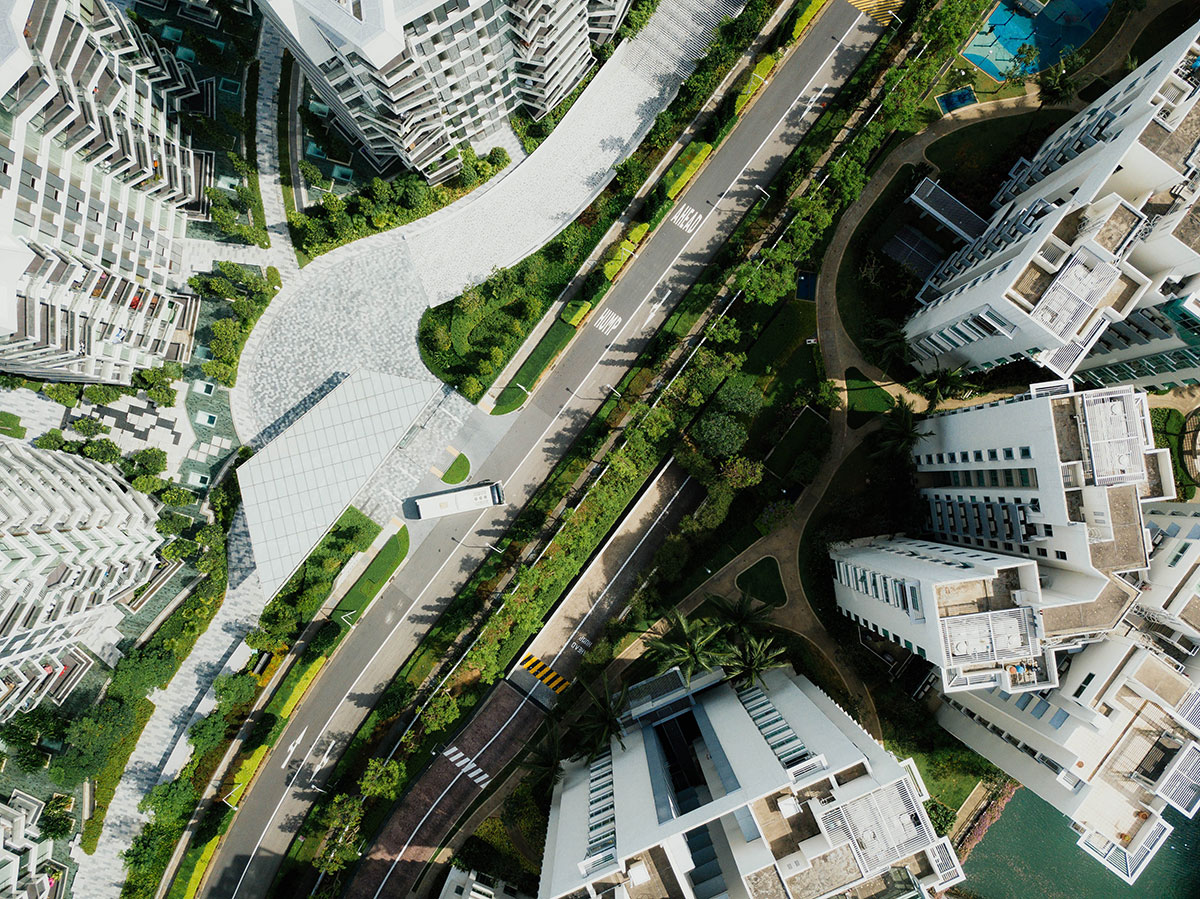
Rethinking Space to Increase Affordability and Quality of Life
août 24, 2020 — Uncategorized
Rising development costs and other market pressures are creating multifamily dwelling units that are less affordable and less desirable for everyday residents. In many places, it seems like a “race to the bottom”: ever smaller units that do little to foster community, contribute to less end-user occupancy, and perpetuate the idea that cities are reserved for a narrow, high-income slice of society. What if we could use innovation to do more with space—thus enabling greater affordability—and enhance quality of life for urban dwellers across the income spectrum?
At Sidewalk Labs, we call this concept “affordability by design.” We believe that the future of housing fundamentally requires rethinking space to make it more efficient, flexible, and shared — and ultimately more responsive to the day-to-day needs of its inhabitants.
We started by spending a lot of time with small-space dwellers – including singles, families, and empty-nesters – to understand what makes them tick. What we found is that small space is rarely the housing option of last resort. Far from it: appropriately small space can make people happier, counterbalancing a “space for the sake of space” mentality with proximity to family, work, and community. But not all close quarters are the same. Design elements that help demarcate space by use and facilitate social gathering go far to make them more livable. There’s also appetite from all but the most traditional residents for greater flexibility in their homes.
Technology can take these analog preferences to the next level. Consider what our portfolio company, Ori, is doing with interior smart space. Ori’s robotic product suite can enable a room designed for a single purpose to transform into multiple uses at the touch of a button – performing the functions of a bedroom, living room, and office, all in one. This is particularly important in a post-COVID-19 world, where remote work and other conditions will demand even more functionality out of our homes.
Outside the home, we are excited about using technology to enhance access to the building and neighborhood offerings critical to small space. We are exploring a new approach to amenities that distributes a unique offering across a network of buildings using a seamless digital membership experience. This could create a more customizable, community-oriented amenity experience for residents, while also freeing up costly in-building space. Our ground floor toolkit for small businesses — including tech-enabled smart leasing based in part on foot traffic —can help create a compelling ground floor program that improves the out-of-home experience.
But how does this translate to affordability? For many markets, the ability to create a better, more productive home on the same or smaller footprint enhances per square foot economics for the developer and increases all-in value for the resident. This could contribute to both natural and capital “A” affordability. A smaller apartment with an equivalent or better experience can create natural affordability by reducing the monthly rent for the same unit type, assuming the overall economics still drive appropriate developer return and the density complies with regulatory requirements. Better small space can also support capital “A” affordable housing in contexts where it enables developers to meet target AMI levels more efficiently, such as with less government subsidy.
But these solutions assume housing is still measured in terms of square footage, an imperfect metric that values quantity over quality of space. Achieving a future-state housing vision means finding new ways of valuing and pricing space. For example, a housing unit that offers three-in-one flexibility as described above could be priced differently from an equivalent but static floorplate. Sidewalk Labs’s generative design product—which uses machine learning to analyze plans for a wide variety of metrics—has the potential to radically expand residential pricing approaches. It can measure and improve indicators that more directly contribute to quality of life, such as the presence of light and views within a home, or access to green space and amenities outside of the home. In this way, generative design can bring housing value — currently oversimplified to a price per square foot — closer to the actual quality of life delivered for residents.
The cost side is also crucial. We continue to develop an approach to factory-made mass timber construction that can improve housing affordability. Capturing the value of innovation toward affordable housing is hardly straightforward, but in this way we can see how rethinking quality of life in small spaces, ultimately paired with new revenue and cost models, also can contribute to greater affordability in the long run.
Featured photo by chuttersnap on Unsplash